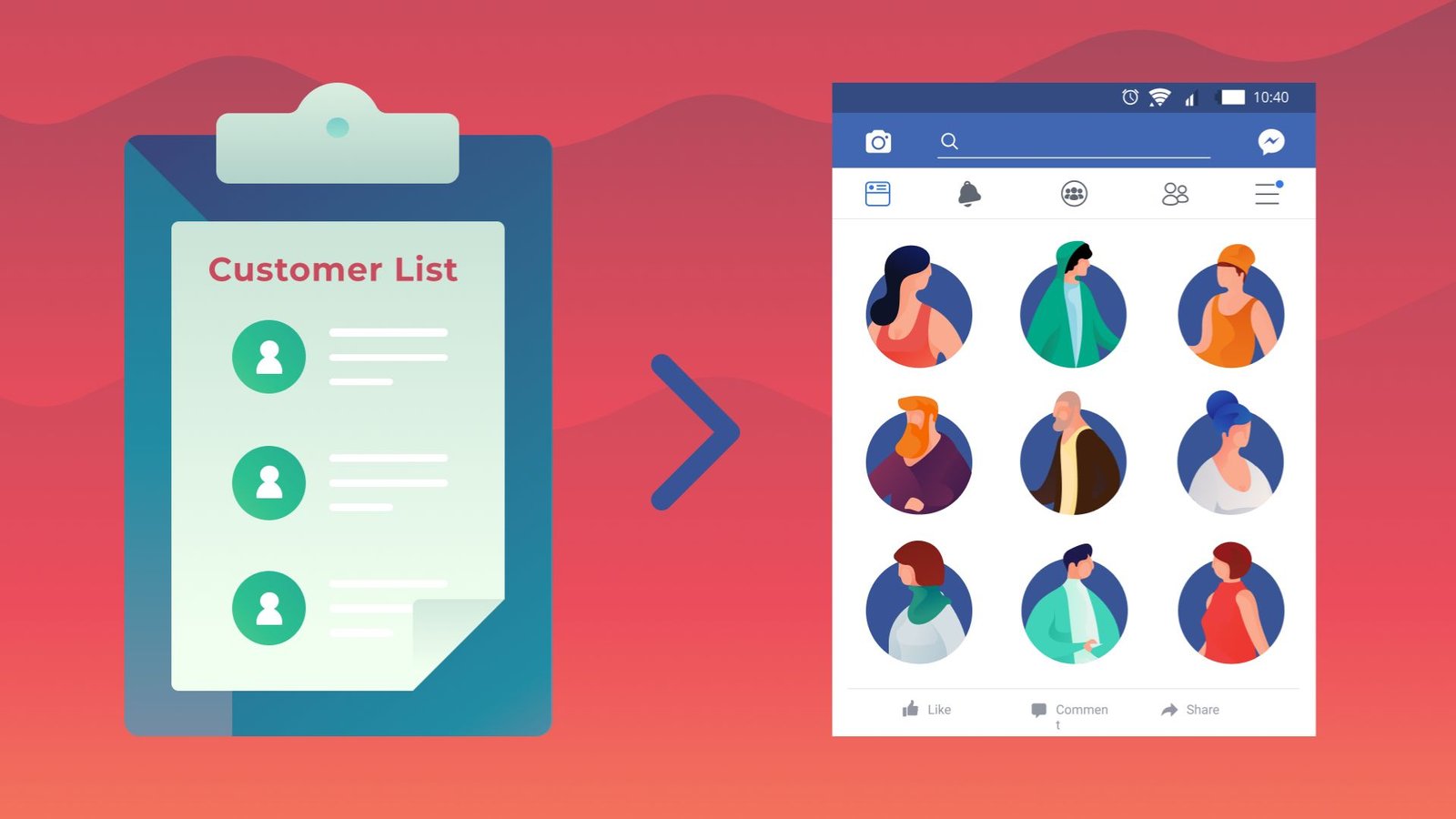Budgeting for Facebook ad campaigns plays a critical role in achieving successful advertising outcomes. Setting the right budget ensures that you maximize your reach and impact while staying within your financial limits. By carefully planning your budget, you can optimize your ad spend and drive the desired results for your business.

Determine Your Campaign Goals
The first step in budgeting for Facebook ad campaigns is to clearly define your campaign goals. For instance, decide whether you want to increase brand awareness, generate leads, or boost sales. Your budget should reflect the scope of these goals. For example, if your objective is to generate more leads, allocate funds towards targeted ads that reach potential customers most likely to convert. Establishing clear goals helps you allocate your budget effectively and measure success more accurately.
Estimate Your Daily Spend
Estimating your daily spend is a crucial aspect of budgeting for Facebook ad campaigns. To determine the right daily budget, consider your overall campaign duration and desired reach. For example, if you plan to run your campaign for a month, divide your total budget by 30 days to establish a consistent daily spend. Ensure that your daily budget aligns with your campaign goals, allowing for adequate exposure while maintaining financial control. Adjust your daily budget as necessary based on performance and desired outcomes.
Factor in Bidding Strategies
Bidding strategies directly impact your ad costs, so selecting the right one is essential when budgeting for Facebook ad campaigns. Facebook offers several bidding options, including cost-per-click (CPC), cost-per-impression (CPM), and cost-per-action (CPA). For example, if your goal is to drive conversions, using a CPA strategy may be more effective. Analyze the bidding strategy that best fits your objectives and adjust your budget accordingly to maximize efficiency and effectiveness.
Allocate Funds for A/B Testing
Allocating a portion of your budget for A/B testing is vital for optimizing Facebook ad campaigns. Testing different ad variations allows you to identify which creative elements perform best and deliver the highest returns. For instance, test different headlines, images, and call-to-action buttons to see which resonate most with your audience. Dedicate a small percentage of your overall budget to testing to refine your campaigns and improve your results over time. Continuous testing ensures that your ads remain relevant and impactful.
Consider Audience Targeting Costs
Targeting specific audiences affects your ad spend, so factor in these costs when budgeting for Facebook ad campaigns. Narrowing your audience by demographics, interests, or behaviors can increase the cost of your ads but may lead to higher conversion rates. For example, if you’re targeting a niche market, expect to allocate more funds to reach those particular users effectively. Balancing your targeting precision with budget constraints helps you optimize your ad spend and avoid overspending on unnecessary impressions.
Set a Campaign Spending Limit
Setting a campaign spending limit prevents overspending and ensures that you stay within your financial boundaries. Facebook allows you to set both daily and lifetime budget limits, providing control over your ad spend. For example, if you’re running a short-term promotion, set a lifetime budget to ensure that your entire campaign doesn’t exceed your financial limits. Establishing spending limits helps you monitor your expenses, preventing unexpected costs and keeping your budget on track throughout the campaign.
Monitor and Adjust Your Budget
Monitoring and adjusting your budget is essential for maintaining the success of your Facebook ad campaigns. Regularly review your campaign performance metrics, such as cost-per-click, conversion rates, and return on ad spend, to ensure your budget aligns with your goals. For instance, if you notice that a particular ad is performing exceptionally well, consider increasing its budget to maximize its impact. Conversely, if an ad isn’t delivering the desired results, reallocate funds to higher-performing ads. Continuously adjusting your budget based on performance ensures that you optimize your ad spend for the best possible outcomes.
Balance Short-Term and Long-Term Goals
Balancing short-term and long-term goals is crucial when budgeting for Facebook ad campaigns. While immediate results, such as sales or leads, are important, investing in long-term brand awareness can yield substantial benefits over time. For example, allocate a portion of your budget towards building a loyal customer base or increasing overall brand recognition. This balanced approach ensures that you achieve short-term wins while laying the foundation for sustainable growth in the future.
Conclusion
Budgeting for Facebook ad campaigns requires careful planning and continuous optimization. By defining your campaign goals, estimating daily spend, and considering factors like bidding strategies and audience targeting, you can create a budget that maximizes your ad effectiveness. Monitoring performance and making adjustments along the way will help you stay on track and achieve the best possible results for your business.




